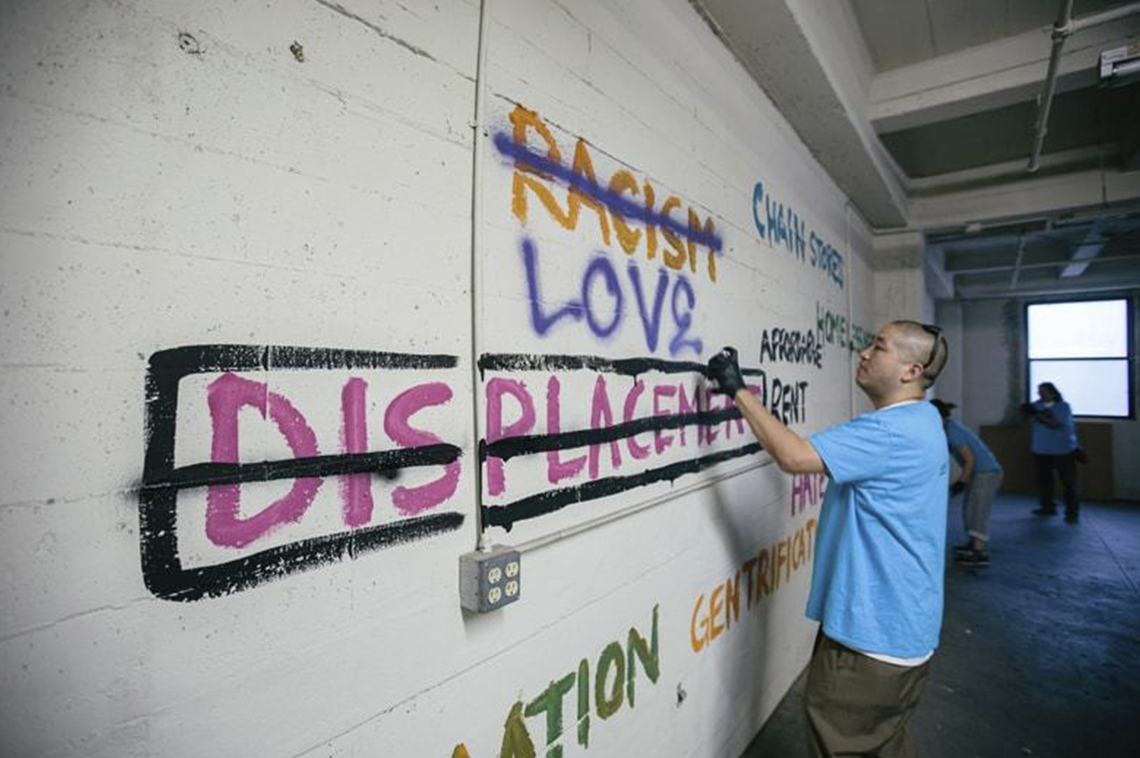
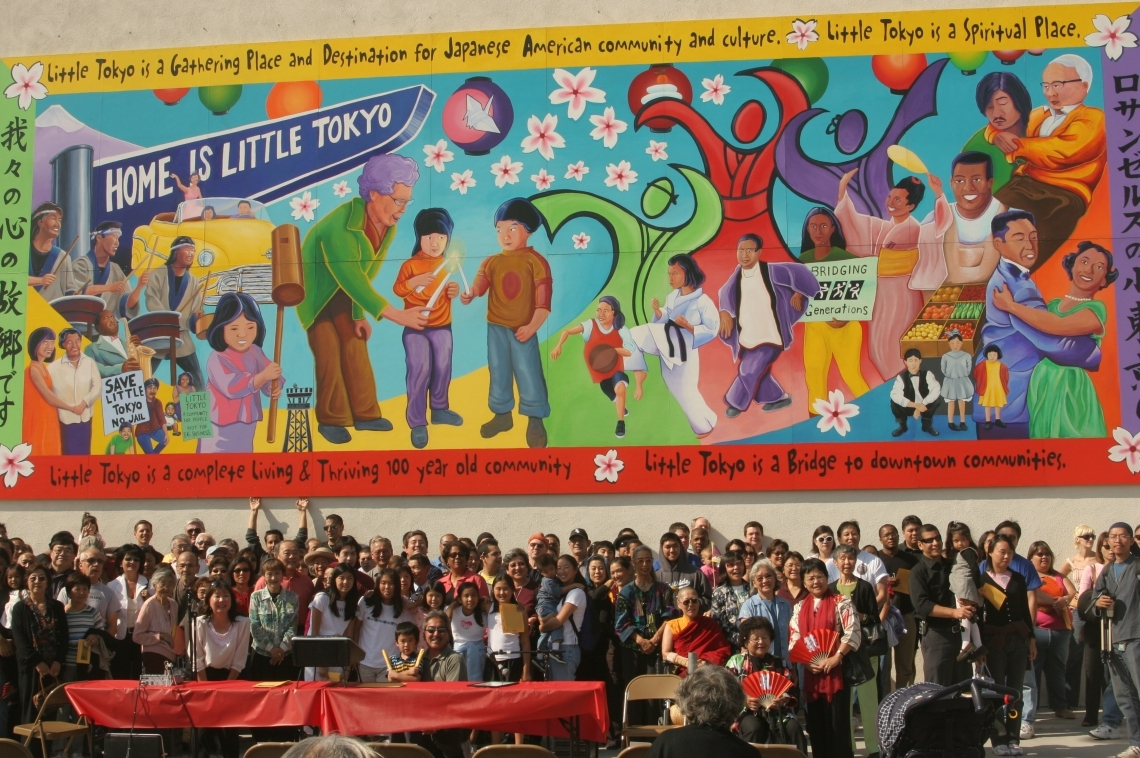
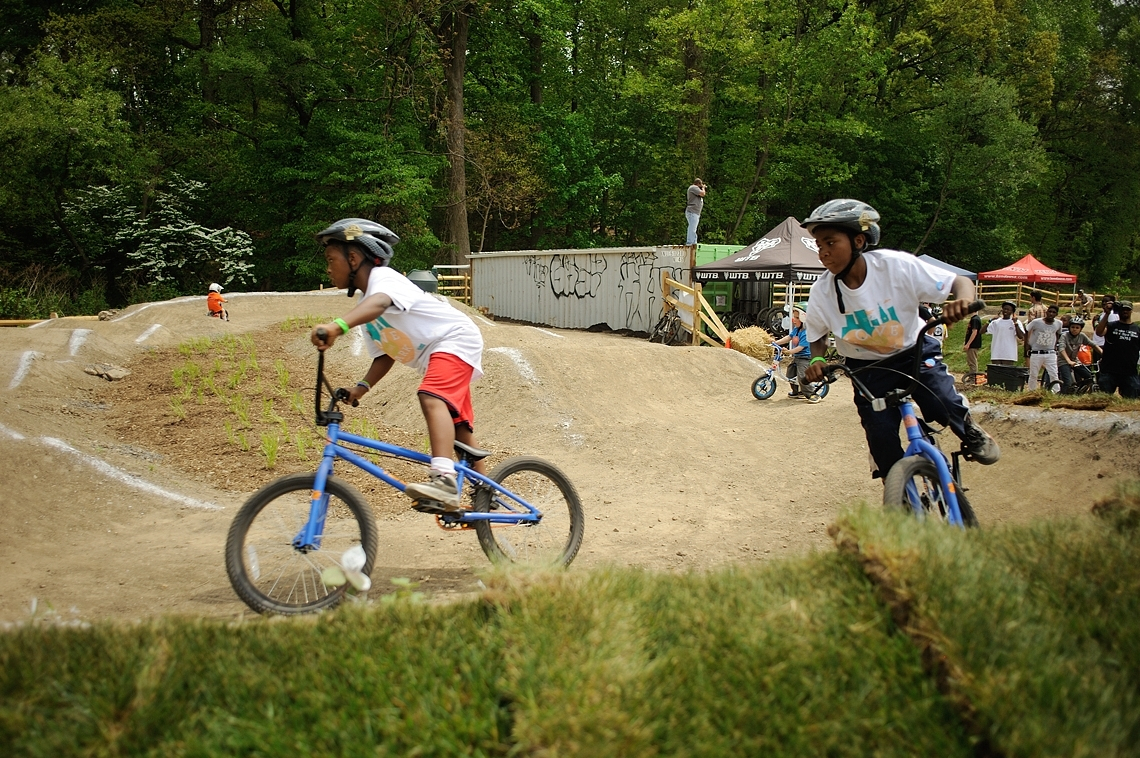
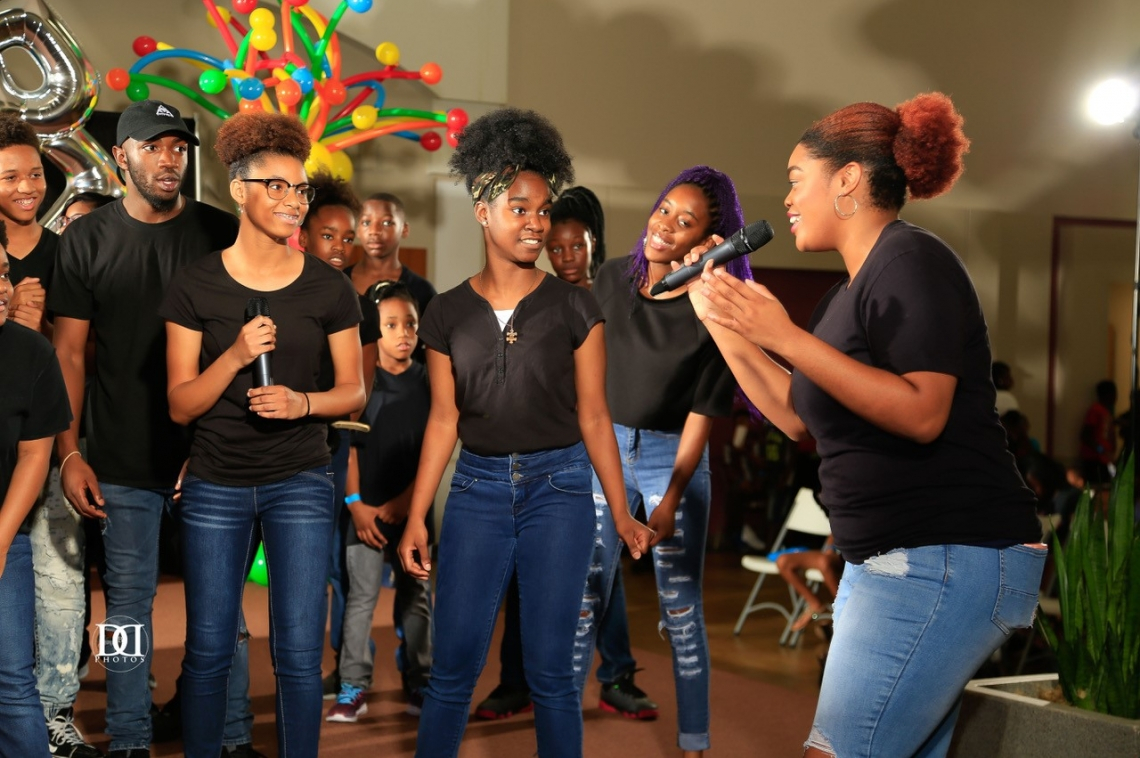
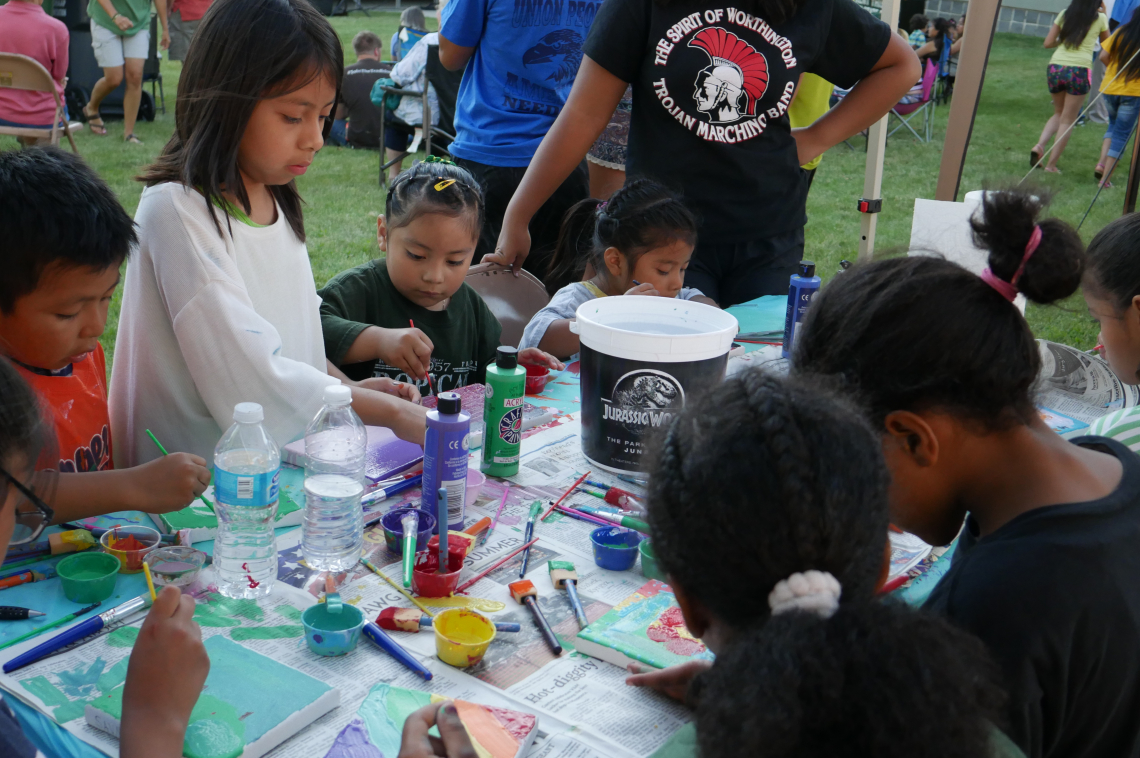
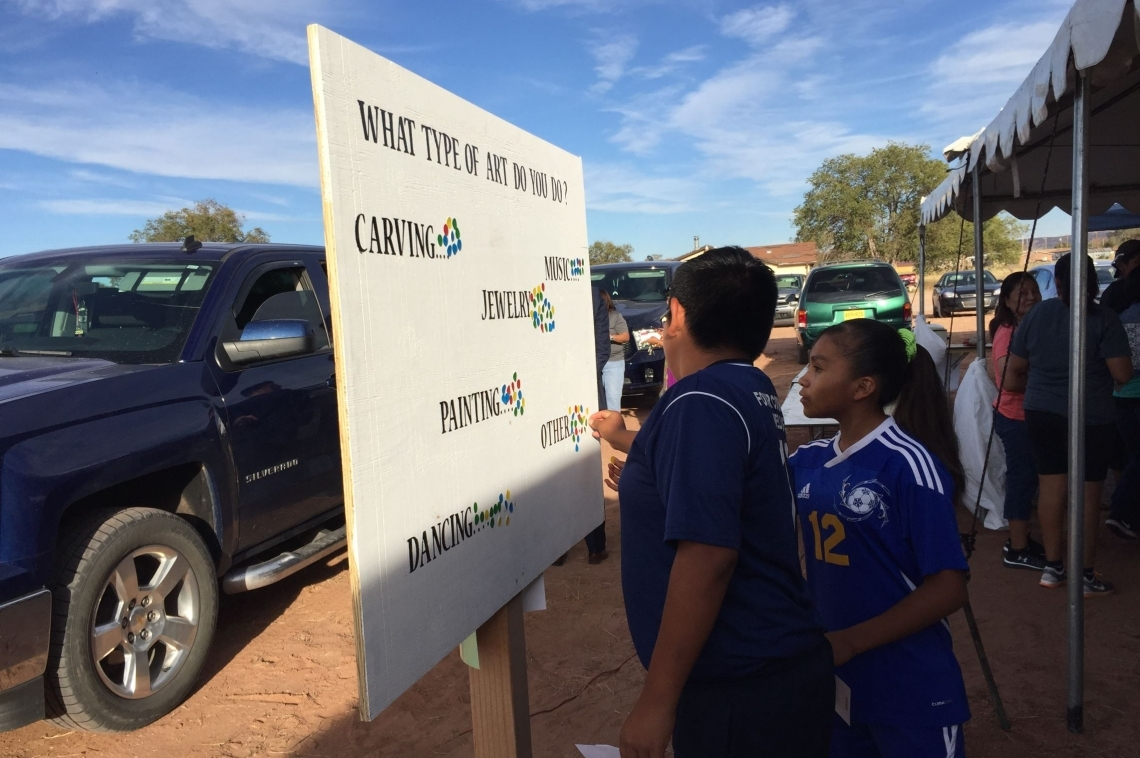
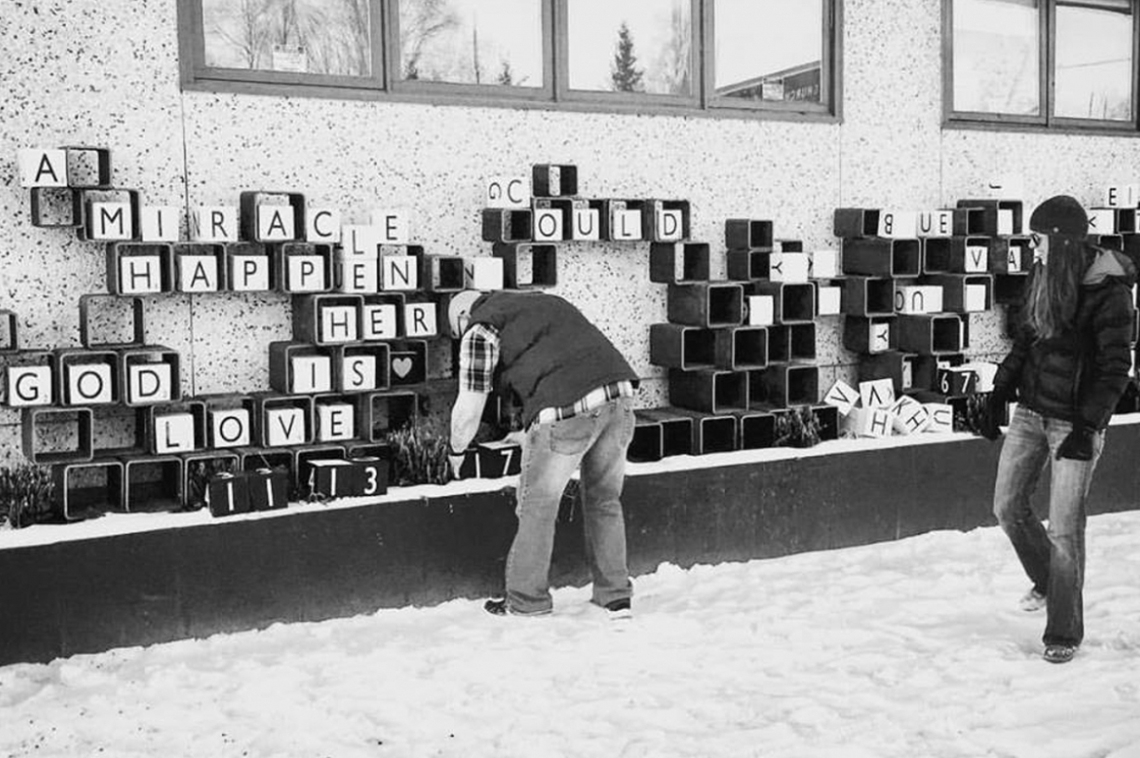
Can collaborating with artists and arts groups help community developers create bold, inventive solutions to challenges and breathe new life into how they work?
ArtPlace’s Community Development Investments (CDI) program supported six community development organizations across the country in initiating creative placemaking projects that could help them more effectively achieve their missions. As they worked over a three-year period, our partners at PolicyLink conducted a research and documentation effort to measure the progress, immediate outcomes, and longer-term impacts of their projects.
PolicyLink’s findings illuminate the difference that engaging with the arts has made. Their research framework was organized around four themes, the first of which was Working with Artists to Deepen Impact, and asked how these organizations developed collaborative practices with artists and if these practices changed the ways in which community preservation and revitalization take place.
The Working with Artists to Deepen Impact brief takes a deep dive into how the six CDI organizations learned to work with artists and develop collaborative practices together. It offers valuable takeaways for community development corporations, nonprofit housing developers, park associations, health services providers, economic development agencies, and any organization that would like to explore working with artists to deepen their impact.
Learning on the Ground
This brief offers the benefit of three years of on-the-ground work to give valuable insights on:
- How organizations matched community development priorities with the expertise and artistic practice of potential collaborators
- Identifying arts partners and building relationships through cultural asset mapping, calls for artists, collaborating with intermediaries, making artist rosters and directories, and the formation of arts advisory committees
- Lessons learned from the process of creating guidelines, structuring relationships, and establishing roles and responsibilities.
- Overcoming challenges and learning to be more transparent, nimble, and reflective.
- Navigating the challenges of maintaining and sustaining a truly collaborative practice.
Ten Tips for Working with Artists
No two organizations are the same size and shape with the same ways of working. But what these six very different organizations (who run across the spectrum of housing, youth, health, parks, and historic neighborhoods) could all agree on were these lessons they learned about working with artists:
- Use the many ways available to you to seek out local artists and arts organizations, including cultural asset mapping and issuing calls, and forming rosters, directories, and committees.
- Lead with shared values (established by early conversations with artists and the development of guidelines for arts work), engage with artists as thought partners, and adopt compatible partnership structures to amplify mutual benefits for both sides.
- Calibrate tactics, fail early, and establish trust in the beginning of the process.
- Expect friction. Being transparent, flexible, and patient helps to mitigate conflict; mediation from an outside arts intermediary can also help to bridge perceived gaps.
- Sustaining arts and culture work over the long term is a different challenge from embarking upon it. Continue to cultivate your programming via relationships, projects, and organizational practices.
- Identify a common language and shared goals with artists.
- Demonstrate patience and be flexible on deadlines and deliverables, especially during the initial pilot phase of a program, for better long-term relationships.
- Trust the process and the people. Recognize and acknowledge the existing creativity within community organizations while being explicit about the benefits of the work to artists and communities.
- View partnerships as mutually beneficial with both sides sharing their creativity and resources.
- Become familiar with, and engage with, a range of artistic practices to match goals with the strengths, expertise, and cultural knowledge of potential arts collaborators. Learn about common relationship structures and pay scales.
Visit: communitydevelopment.art to download the Working with Artists to Deepen Impact brief and see all the resources being developed from the lessons learned during this one-of-a-kind project.
Read: PolicyLink’s strategies for this in-depth research and stay tuned for the upcoming briefs—Community Engagement and Organizing, Strengthening and Connecting Social Fabric, and Organizational Change and Evolution—among many more tools.





